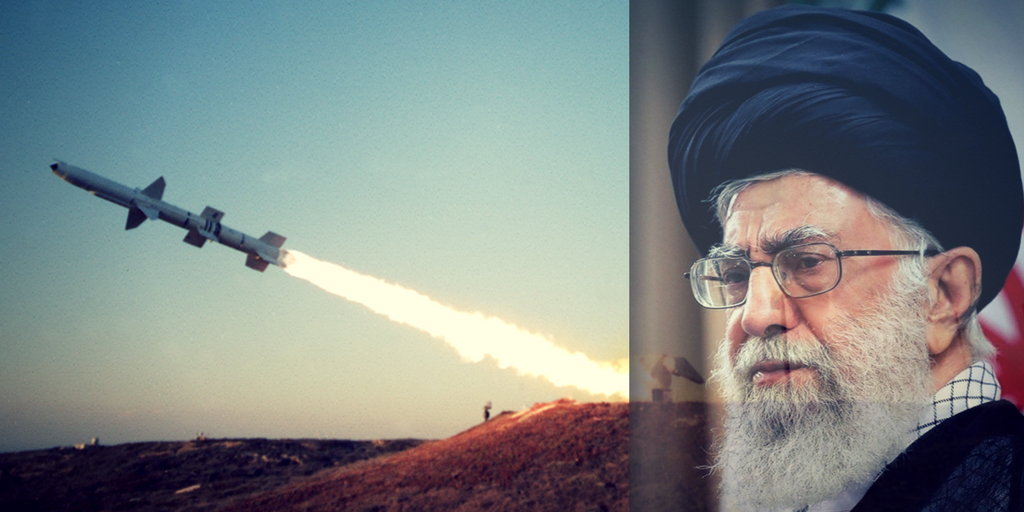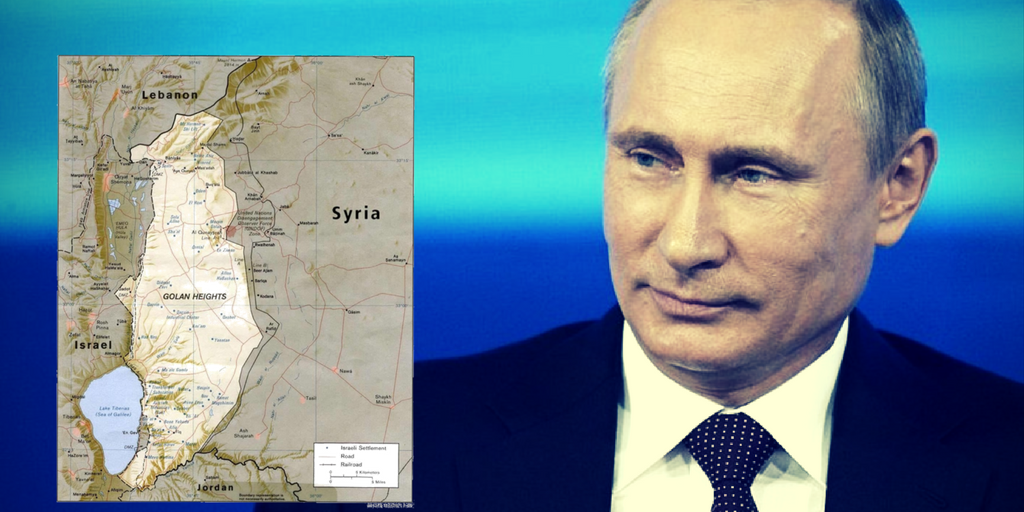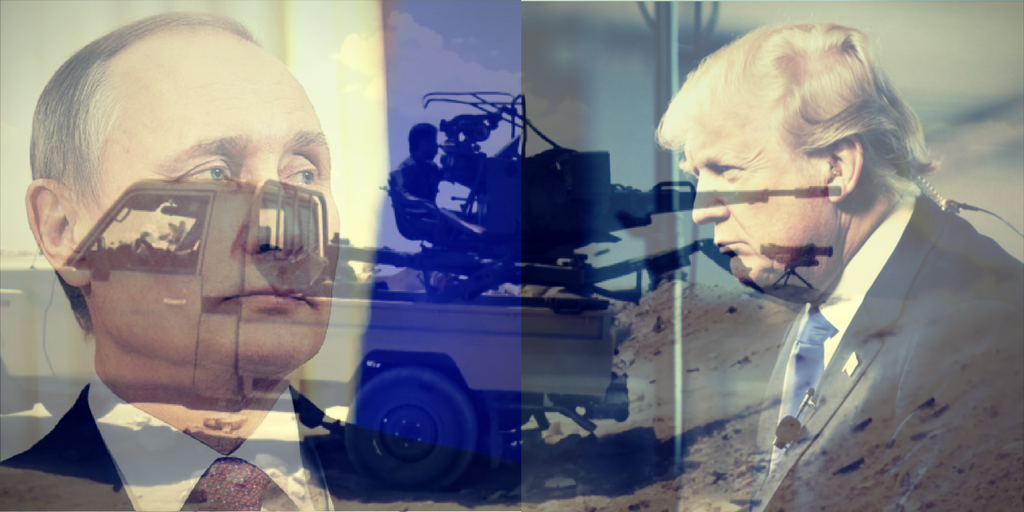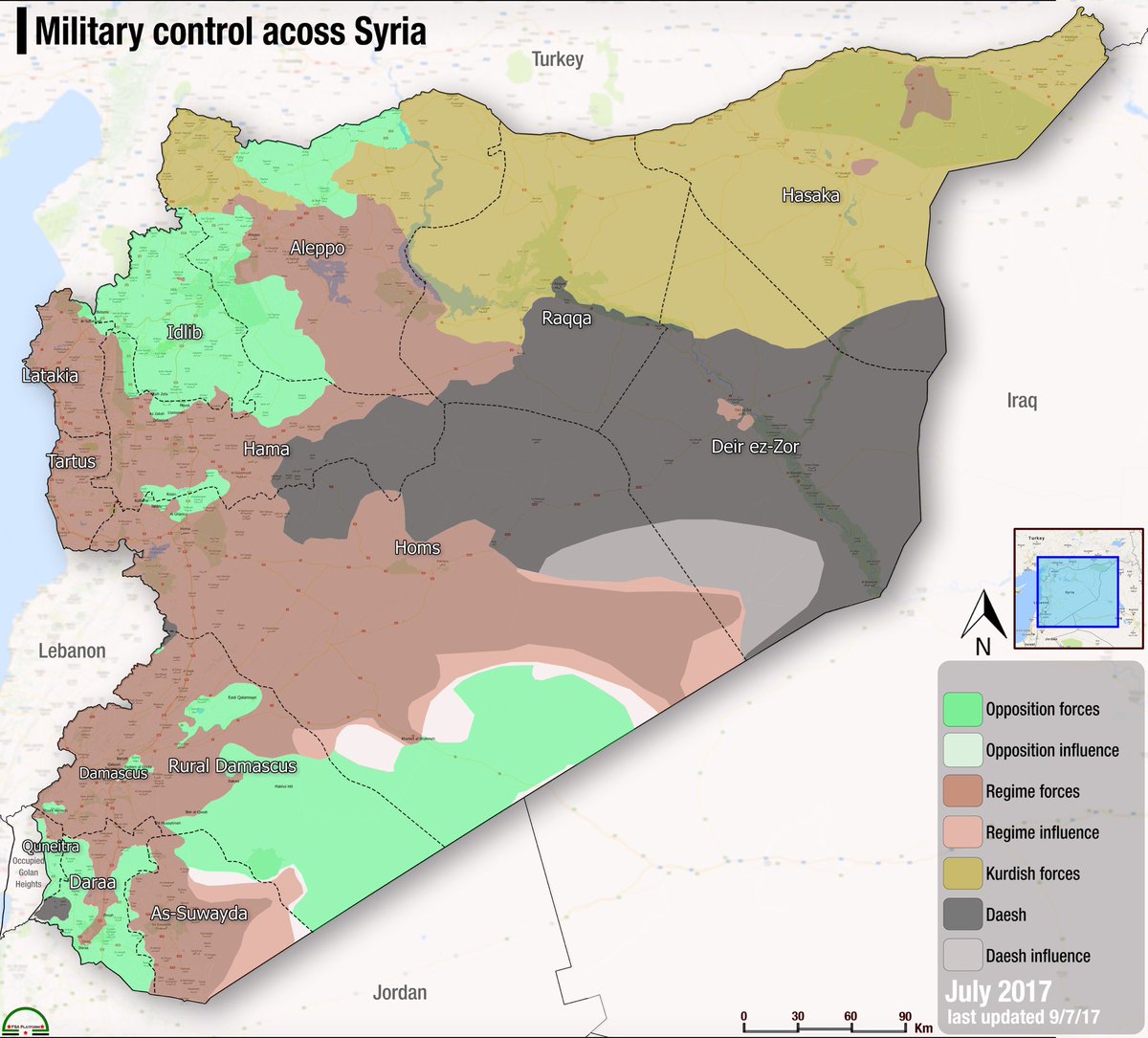Iran announced on Thursday that it had launched an advanced satellite-carrying rocket that experts believe is cover for the Islamic Republic’s long-range ballistic missile program, which has become a flashpoint in relations between Tehran and the Trump administration.
Iranian state media carried the announcement early Thursday. It represents the most significant successful test of such technology, which can be used for space projects as well as long-range nuclear-capable weapons.
The rocket, called the Simorgh, or ‘phoenix,’ marks a key step forward in Iran’s space program, which as long been suspected of covering research and development of advanced intercontinental ballistic missiles, or ICBMs.
Iranian media claimed the rocket can carry a 550-pound satellite and that the launch was a success.
Regional experts told the Washington Free Beacon that the latest test is meant to send a message to the Trump administration, which has increased sanctions on Tehran for its ongoing research into ballistic missile technology, which many believe will be used as part of its nuclear program.
“Much like its nuclear program, it is highly likely that Iran’s space program also serves as a cover for the development of an illicit intercontinental ballistic missile (ICBM) program,” Behnam Ben Taleblu, a senior Iran research analyst at the Foundation for Defense of Democracies, told the Free Beacon. “In particular, the engine development and rocket staging would teach Iran a great deal about how to propel an ICBM. Unfortunately, Tehran has a propensity to use scientific endeavors to further its security.”
Taleblu described the test as an effort by Iran to gauge the Trump administration’s willingness to take a hardline on such activity.
“Iran’s decision to test this rocket, as the Trump administration is reviewing its overall Iran policy is telling,” he said. “It signals a desire to see how serious the administration is to rolling back Iranian technological a advancements, military capabilities, and growing regional influence.”
Originally Published on the Washington Free Beacon.









